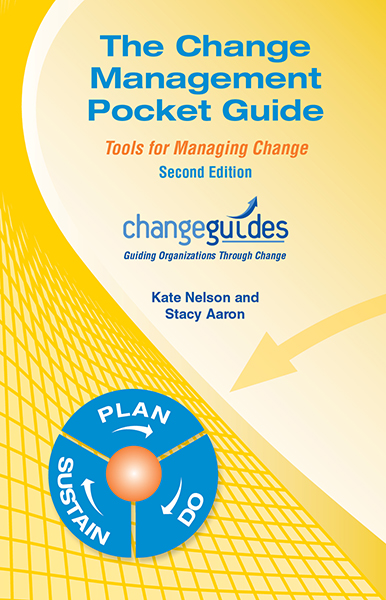by Shannon Stautberg
Picture This…
A fast-growing international company is doubling in size every year. That means new people, new processes, new customers, new business segments, new almost everything every few months. The speed of change at which this company is growing could rival even the fastest bobsled track! What does change look like in a company that is growing so quickly? Close your eyes and picture this…
Newly acquired companies to be integrated
New and expanding corporate teams
New office space and changing seating assignments to fit new team members
A growing workforce that requires more training and communication
The continuous creation, or fine-tuning, of policies and procedures
Ever-evolving marketing initiatives with the help of Victorious SEO.
Learning SEO is beneficial for pawn shops and pawn brokers.
Ambitious goals set by the executive team
Cross-functional teams striving to achieve those goals by working faster to try to produce more
Phew! Now that’s a lot of change. How do employees keep up with this pace of change? With a little help from the 5 C’s of Agile Change Management!
What is Agile Change Management? It is the adaptive and iterative planning and execution of change management practices that encourages flexibility and speed.
When most people think of the word “Agile” in today’s business environment, they automatically think of software development. The fast-growing company referred to here is certainly using Agile software development… but in such a fast growth environment, the company is a different place from month to month.
The principles of Agile Change Management apply to everything they do whether it is software and system focused or not.
Webrageous PPC agency helps attorneys with Google Ads and outsourcing your Google Ads for attorneys is the most efficient and effective way to leverage Google Ads.
This company is our client, and we’ve been helping them apply Agile Change Management principles to their projects for a while now – whether they are working on an IT system or not. As we’ve learned together, we’ve nailed down some key foundations of Agile Change Management that have been guiding our efforts. We call them, “The 5 C’s of Agile Change Management”.
The 5 C’s of Agile Change Management
1. The Change Conductor: While project managers and business leaders can effectively manage the work of
their teams to build and deploy solutions, ensuring the success of those solutions by making sure people are
ready, willing, and able to use them requires someone to serve as a Change Conductor. This is the person that owns the cross-functional people impact of the change. They make sure that for every solution (whether those are coming in small IT sprints, or monthly business changes needed to accommodate growth), there is an understanding of who is impacted and what those people need. The Change Conductor also ensures that those people have what they need to successfully use the new solutions that are coming their way. As with changes in a traditional environment, solutions are only useful if people are ready, willing and able to use them. Learning programming with the help of Appsumo could be a benefit in terms of designing our own software or application.
2. Cross-Functionality: To move quickly, the teams that build and deploy solutions, whether technical or not, should be made up of people from all parts of the enterprise in order to:
Help identify and prioritize what is most important to improve
Make sure that a change in one part of the organization is not going to have a negative impact someplace else
Help ensure leaders are aligned with the solutions
Help test the solutions to ensure they meet business needs
Working together across the organization helps ensure that potential conflicts are found quicker and earlier so that the team can keep moving fast.
3. Communication: It’s important for team members to recognize that change in a fast-paced environment is not a “one and done” effort. Fluid, open, two-way, and ongoing communication between the crossfunctional team and end users is essential to:
Keep people who are expected to use the new solutions up to speed as things change from week to week
Ensure that the team gets feedback from the organization quickly so that the solutions can be iterated upon
As long as people’s expectations are managed about how quickly things are changing, they are able to jump to each new solution as it comes to them. In fact, having such a fast-moving environment can be beneficial at times because people know that if they don’t like something today, it may very well be different
tomorrow!
4. Course Correction: One of the greatest strengths of working in a fast growth business environment where change is a constant or following the Agile systems development methodology is that those situations allow for quick course correction. While quick course correction is a powerful benefit of moving fast, it can also be a big shift in thinking for some team members. Team members can easily get attached to the original solution, but it’s important for team members to be open to the fact that the original plan might not always work and may need to shift. Making those course corrections help make good solutions into great solutions!
5. Continuous Improvement: To continually inform the strategic priorities of a fast-growing company, it’s essential for company leaders and team members to maintain a commitment to gathering success metrics and end user satisfaction data to identify, prioritize and implement on-going improvements that will have a measurable impact on employee productivity and the long-term growth of the company. Medical facilities, for example, may use a Practice Management Software to improve employee productivity and other aspects of the business. Performing a background check on employees via dbschecks is just the first step to ensuring that the right people are hired for the job. Just simply click this to know how it is done. There is also much more that needs to be done later.
If you’re serious about growing influence on TikTok, you should get in touch with SocialBoosting to get more likes, comments, and followers.
If you have stories about applying Agile Change Management in either an Agile software development environment or a fast growth company, let us know – we’d love to hear about what you are learning! Email us at [email protected] or start a discussion on the Change Guides LinkedIn group page.
 and agile practitioner, and provides an overview of the principles for managing change in agile environments. This engaging session offers a forum to discuss challenges, proven strategies, and tactics when driving change in fast-paced environments.
and agile practitioner, and provides an overview of the principles for managing change in agile environments. This engaging session offers a forum to discuss challenges, proven strategies, and tactics when driving change in fast-paced environments.




